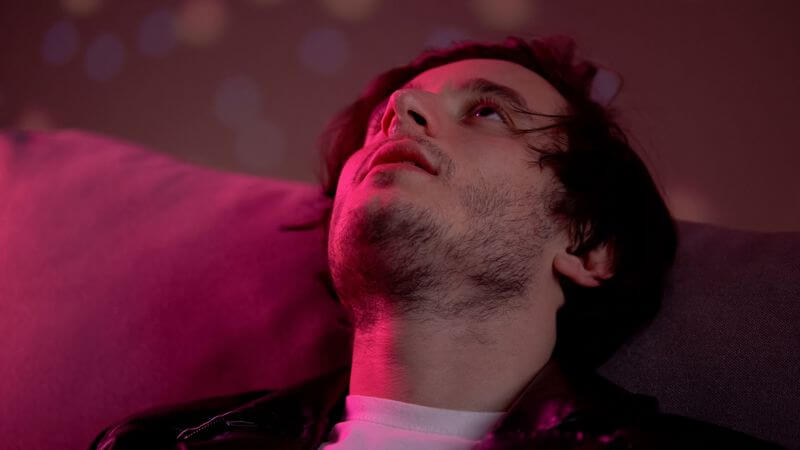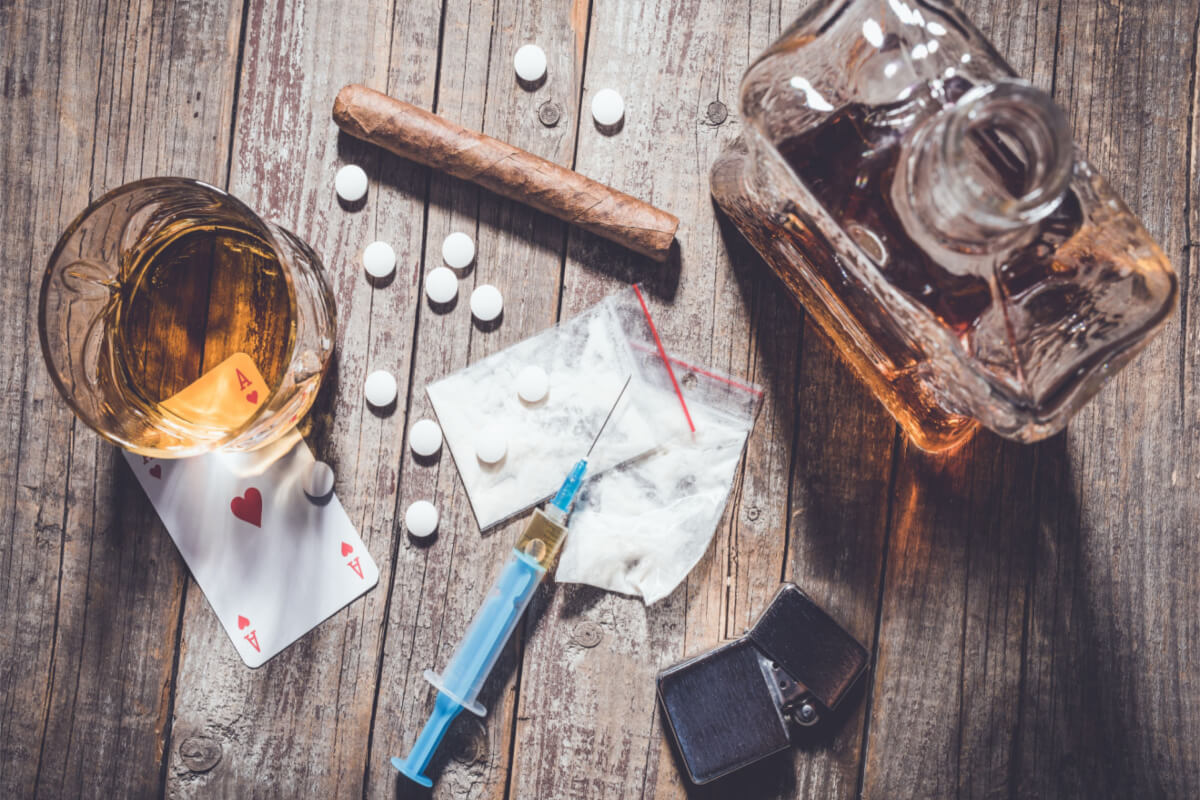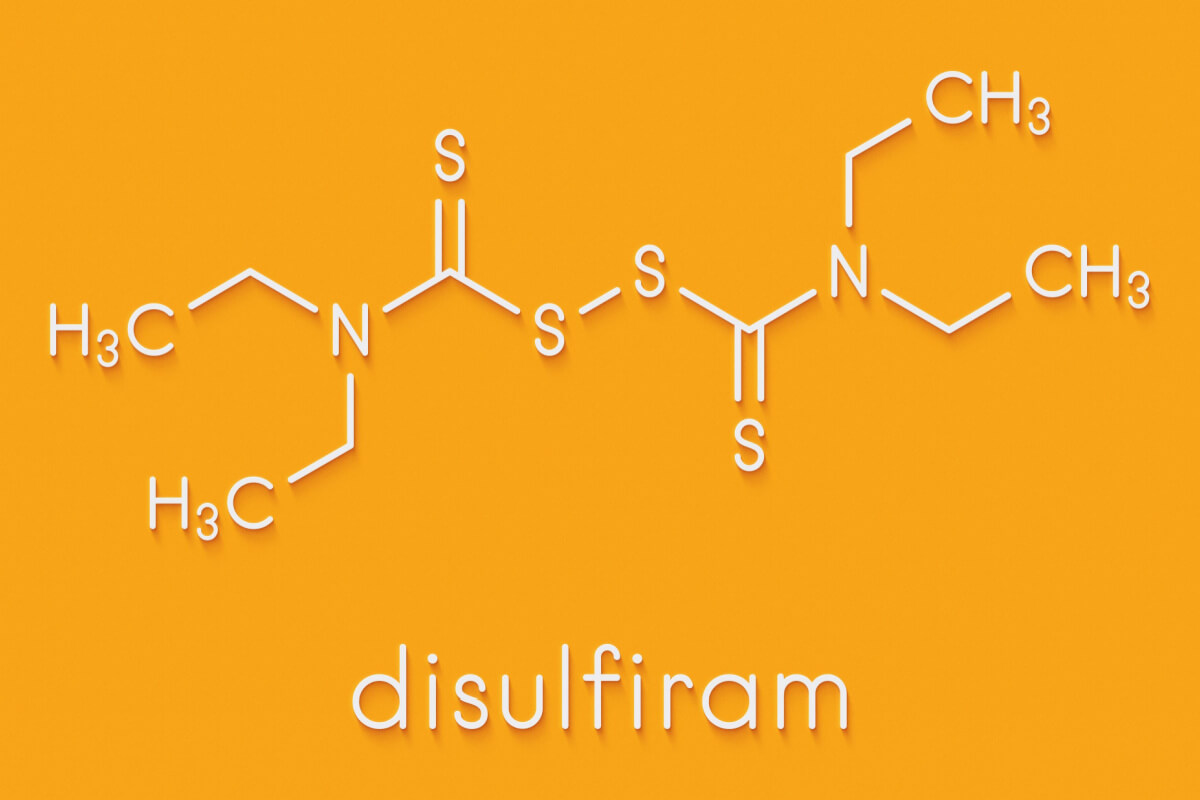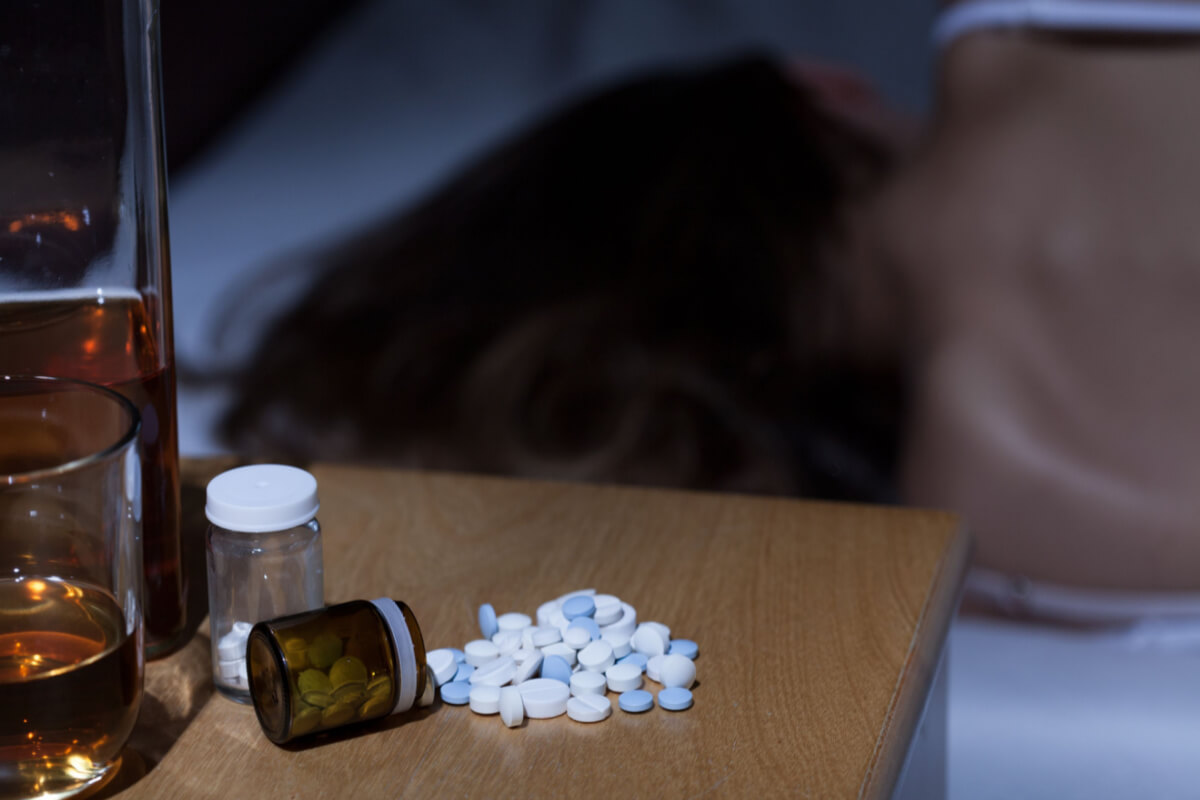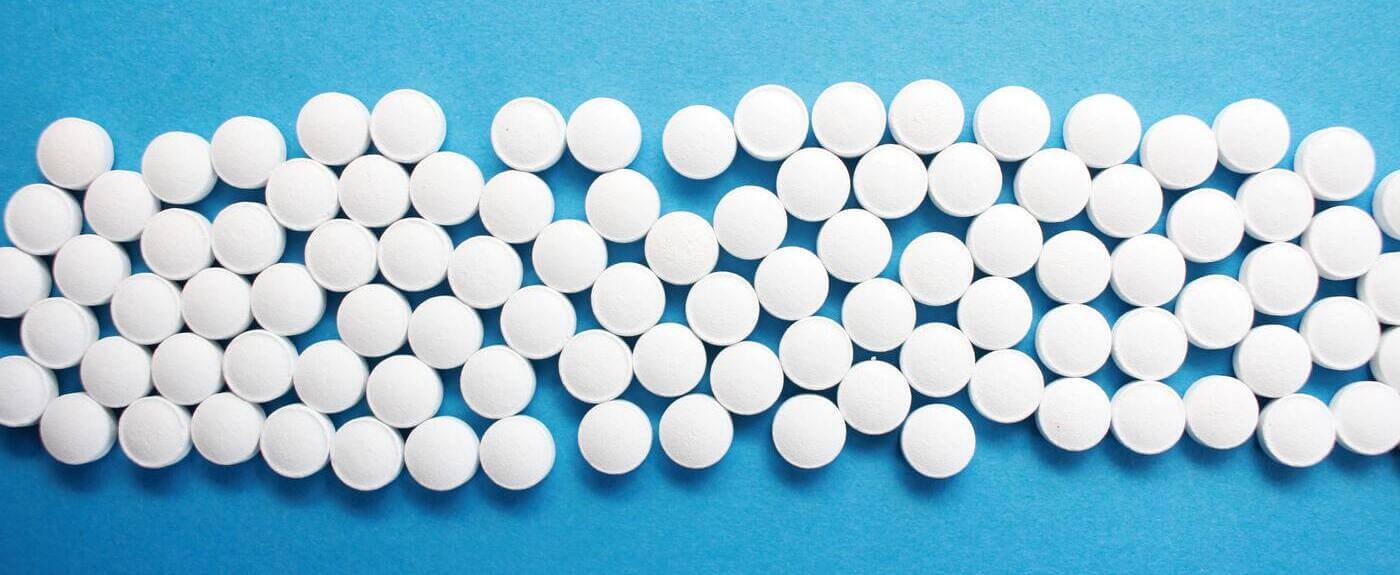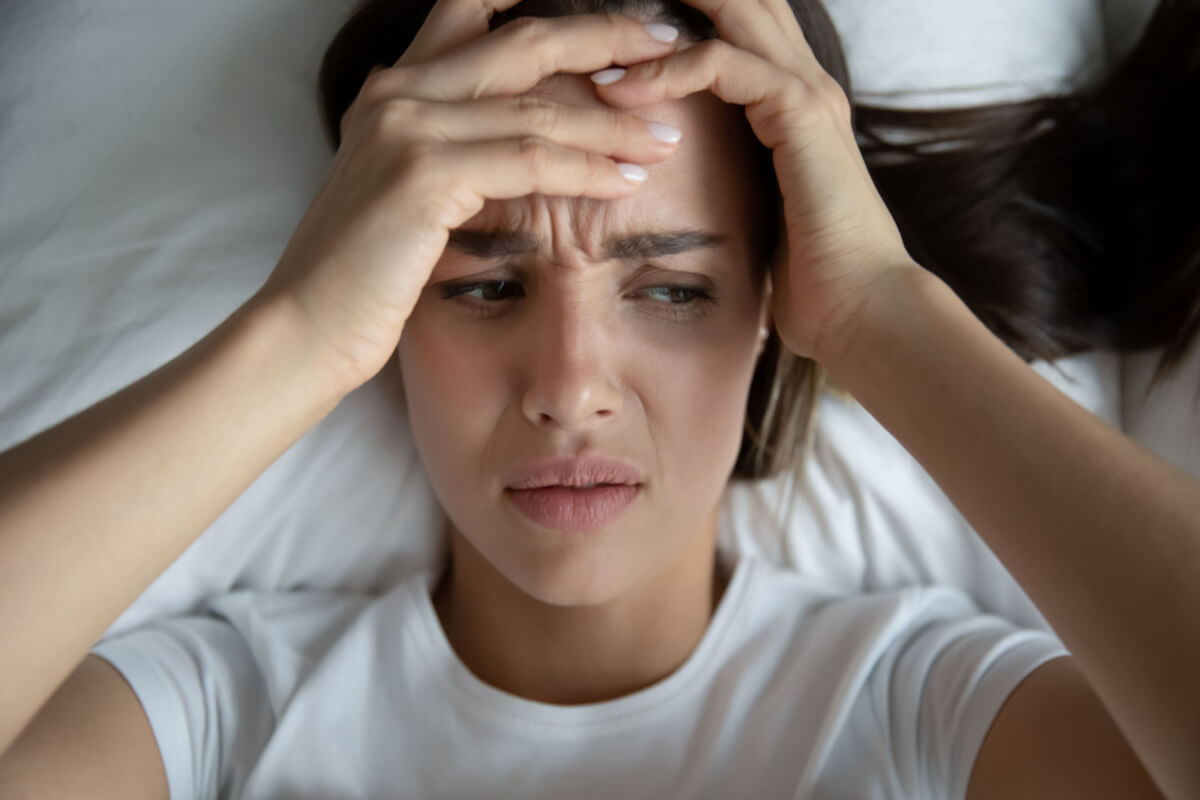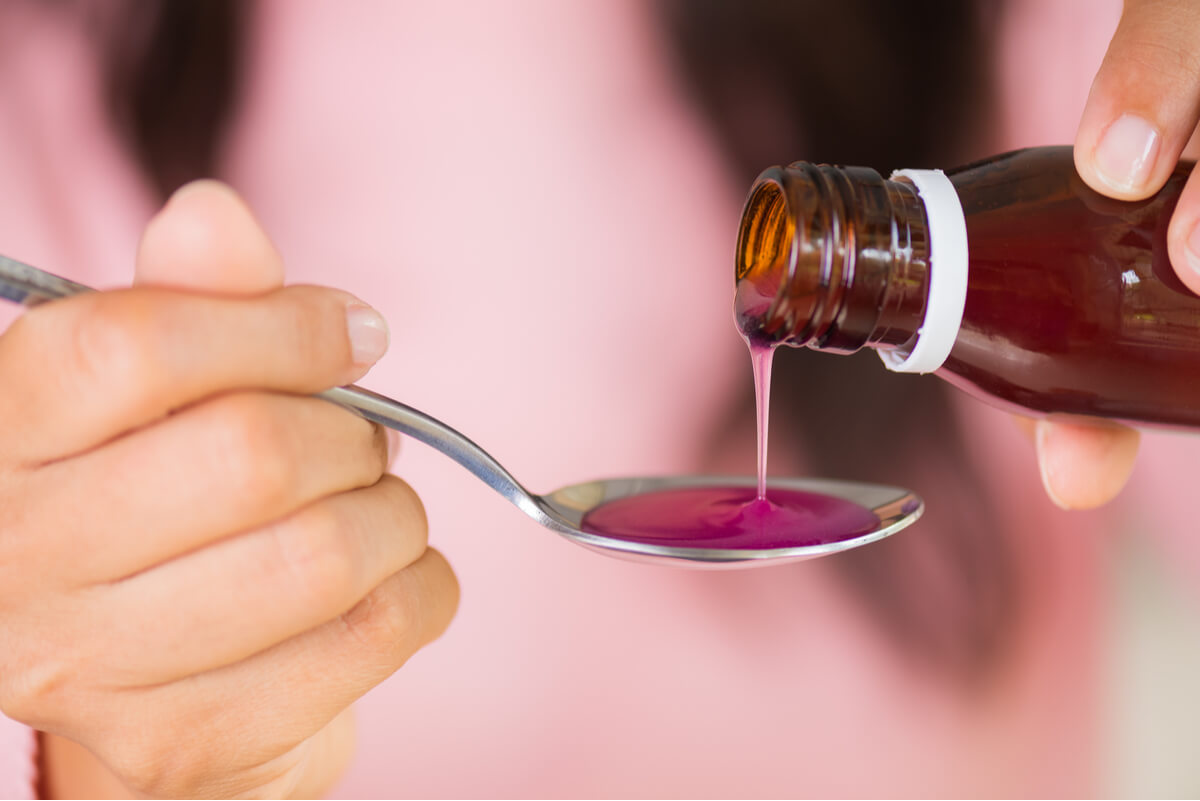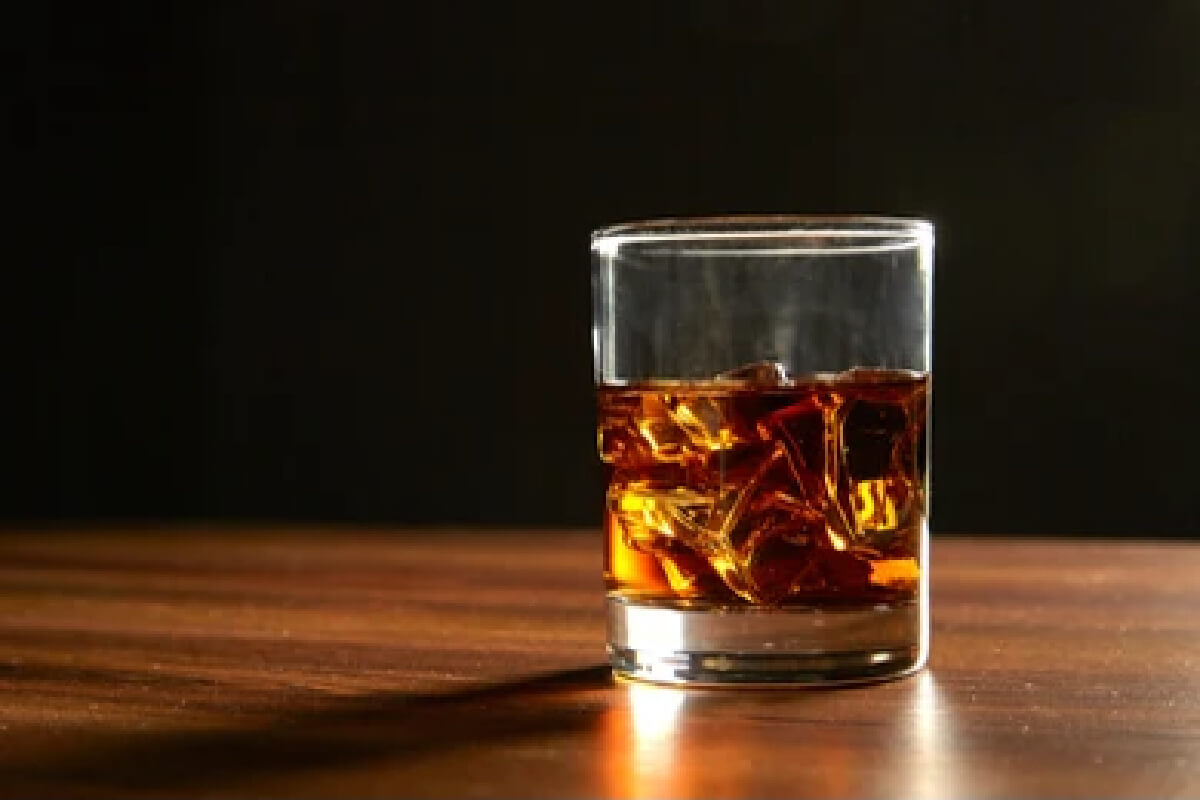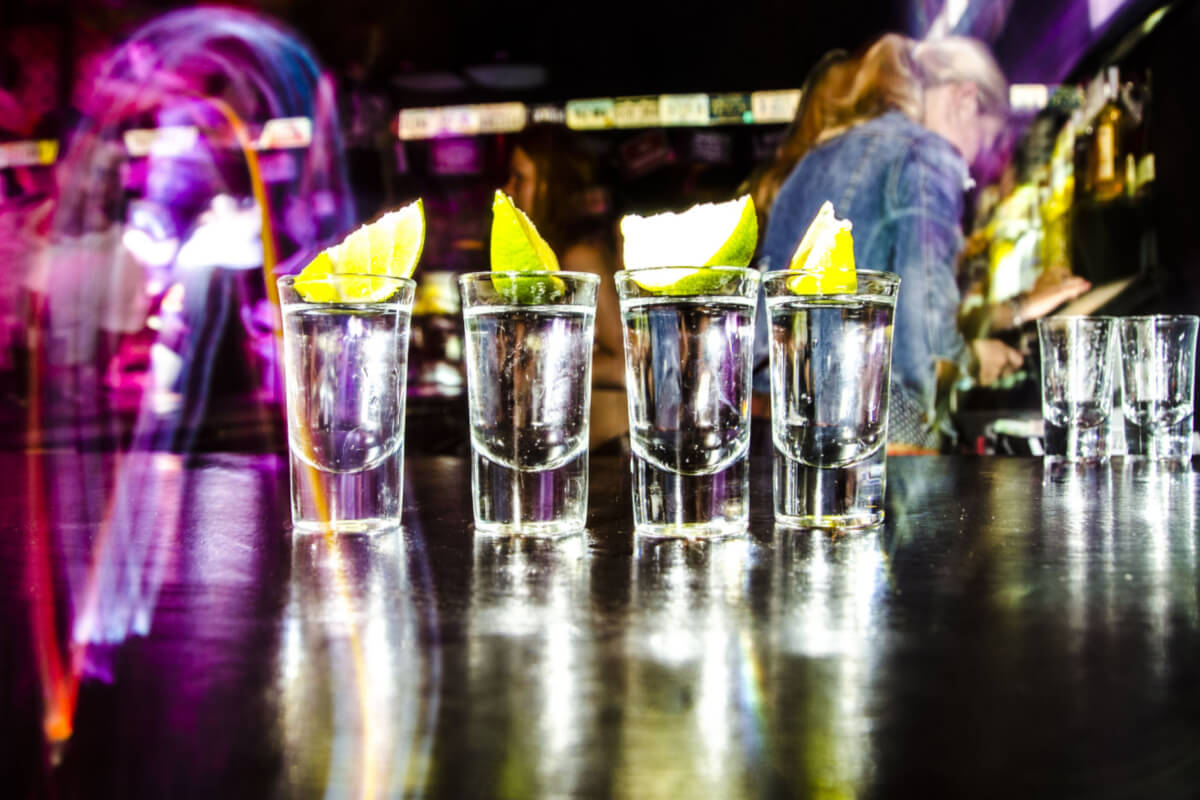
There are many ways to define “Alcohol use disorder”. Some people drink a few drinks daily, while others “Binge” a large number of drinks all at once.
Binge drinking is technically defined as five or more drinks for men, and four or more drinks for women in one sitting.[1] Usually the goal of binge drinking is purely to get intoxicated.
One in six adults in the United States meets criteria for binge drinking, and about 25% of these adults do so at least weekly.[1]
Binge drinking is incredibly dangerous for multiple reasons. Intoxication can lead to accidents, incarceration, or death. Binge drinking can also cause long-term organ damage to the brain, pancreas, stomach and liver.
Binge drinking is just one type of alcohol use disorder (AUD).
How Much Alcohol is Considered Binge Drinking?
The safest drinking level is of course zero. The best way to protect your health is to avoid drinking at all. But understanding how experts define “binge drinking” can help you spot danger signs in your own drinking patterns.
The Centers for Disease Control and Prevention splits drinking into three categories.[2]
| Men | Women | |
|---|---|---|
| Moderate Drinking | 2 drinks or less per day | 1 drink or less per day |
| Heavy Drinking | 15 or more drinks per week | 8 or more drinks per week |
| Binge Drinking | 5 or more drinks in one sitting | 4 or more drinks in one sitting |
What Does Alcohol Intoxication While Binge Drinking Look Like?
People who binge drink are usually doing so with the goal of getting acutely intoxicated. According to strict definitions, this usually takes at least five or more drinks for men and four or more drinks for women usually in about two hours.[3] Some of the symptoms of acute alcohol intoxication include:[4]
- Impulse control: They might say or do things they never would while sober, such as punching a police officer or having sex with a stranger.
- Judgment: They might make decisions they would avoid while sober
- Motor function: They struggle to control all of the little muscles in their bodies, making them much more vulnerable to slurring speech, slipping, or falling or other self-injuries.
About half of all yearly deaths involving alcohol are caused by binge drinking.[4] Alcohol-related poisonings and accidents take far too many lives each year.
Binge Drinking’s Long-Term Health Impact
Binge drink and expect to wake up the next day with a headache. Hangovers are common when people drink too much. But the health impact of binge drinking are much more permanent and worrisome than a hangover.
Some of the more common side effects of binge drinking over time are acute pancreatitis, alcoholic gastritis, acute alcoholic liver failure (alcoholic hepatitis) or chronic liver failure (cirrhosis). Alcohol is also associated with the development of multiple cancers, including breast, colon, esophagus, head/neck and of course, liver cancer. [6] Alcohol is also a common cause of heart disease and ultimately heart failure. Binge drinking can also raise your blood pressure and blood cholesterol and cause rapid weight gain, because alcohol contains a lot of sugar and calories.[7]
Other Social and Economic Effects of Binge Drinking
Binge drinking even has implications for our economy and productivity: Researchers in Wisconsin found that binge drinking was associated significantly with loss of job productivity, which of course has financial repercussions both for individuals and our economy as a whole.[8]
You may feel like your binges are personal, private activities. But your decisions could have repercussions throughout your community.
Binge Drinking & Alcohol Use Disorder
Alcohol use disorder (AUD) and binge drinking aren’t synonymous terms. They both concern alcohol misuse, but people with AUD can struggle with their drinking and never binge drink. Similarly, people with a binge drinking disorder may not have alcohol use disorder.
People with AUD typically answer “yes” to these questions when they consider the past year:[9]
- Have you drunk more than you intended to?
- Have you wanted to cut down or quit drinking and couldn’t make it stick?
- Do you spend a lot of time getting, using, or recovering from alcohol use?
- Have you wanted to drink so much that you couldn’t think about anything else?
- Does drinking cause problems with your family, friends, job, or school?
- Do you keep drinking even though it causes you trouble?
- Have you cut back on activities you loved that don’t involve drinking?
- Have you used alcohol in dangerous situations, such as while driving?
- Do you keep drinking even when it makes you feel depressed, anxious, or ill?
- Do you need to drink more to get the effect you wanted?
- Do you feel unwell when you’re not drinking?
Some of these questions involve binge drinking. Overlap is expected between these two conditions, even though they are distinct in certain ways.
How Can You Stop Binge Drinking?
If you don’t recognize yourself in these AUD questions but you’re still binge drinking, it’s time to make changes. Binge drinking now could lead to a full AUD in the future if not kept in check.
One option is to avoid alcohol altogether. But if you’re not ready to take that step, you can do the following:
- Plan ahead. Skip events (like the boozy office party) that will include binge drinking.
- Keep track. Make a note of each drink you take, and limit yourself to one or two instead of multiple.
- Substitute. Try sipping water, ginger ale, or lemonade instead of alcoholic beverages. This will also help to keep you hydrated and limit hangover symptoms the next day.
- Eat. Fill your stomach with healthy snacks when you’re in a party situation. You’ll have less room for alcohol.
- Leave early. Binge drinking tends to worsen as the evening drags on. If you must go to a party, bar, or restaurant, remember to leave early if that is helpful for you personally to avoid drinking in excess.
If you find you can’t quit or cut back no matter how hard you try, it could be time to consider treatment with medications, behavioral therapy, or both.
Binge Drinking FAQs
What is a drinking binge?
Men who drink five or more drinks, or women who drink four or more drinks, in about two hours are considered to be binge drinking.
Is a binge drinker the same as an Alcohol use disorder?
People with AUD may binge drink, but some people who binge drink don’t meet the official diagnosis of AUD. Binge drinkers can develop AUD in time, so it’s best that they recognize the issue and stop and/or minimize binge drinking before it leads to an AUD.
What is the difference between binge drinking and heavy drinking?
Let’s use men as an example: Heavy drinking in men is defined as 15 or more drinks per week. Binge drinking means five or more drinks in one sitting. Someone who drinks heavily may binge from time to time. But you can be a heavy drinker (drinking a lot in a week) without ever binge drinking (never drinking more than 5 drinks in one setting). Keep in mind that these are loose definitions meant to give you an estimate, but the amount of drinks that an individual can safely consume varies between individuals, and is dependent on your weight, height, fat content, genetics, and personal health habits.
Is binge drinking bad for you?
Binge drinking is harmful to your health in many ways, sometimes even after just one episode. For example, even just one episode of binge drinking can cause alcoholic gastritis or pancreatitis that can require hospitalization. In the long term, regular binge drinking can increase your risk for liver damage, heart damage, and various types of cancer. It can also negatively affect your career, relationships, and overall quality of life.

By Elena Hill, MD, MPH
Elena Hill, MD; MPH received her MD and Masters of Public Health degrees at Tufts Medical School and completed her family medicine residency at Boston Medical Center. She is currently an attending physician at Bronxcare Health Systems in the Bronx, NY where ... Read More
- Binge Drinking. Centers for Disease Control and Prevention. https://www.cdc.gov/alcohol/fact-sheets/binge-drinking.htm. January 2022. Accessed June 2022.
- Alcohol Use and Your Health. Centers for Disease Control and Prevention. https://www.cdc.gov/alcohol/fact-sheets/alcohol-use.htm. April 2022. Accessed June 2022.
- Drinking Levels Defines. National Institute on Alcohol Abuse and Alcoholism. https://www.niaaa.nih.gov/alcohol-health/overview-alcohol-consumption/moderate-binge-drinking. Accessed June 2022.
- How Much Is Too Much? 5 Things You Need to Know About Binge Drinking. National Library of Medicine. https://magazine.medlineplus.gov/article/how-much-is-too-much-5-things-you-need-to-know-about-binge-drinking. August 2019. Accessed June 2022.
- Binge Drinking: Health Impact, Prevalence, Correlates, and Interventions. Psychology and Health. https://www.tandfonline.com/doi/abs/10.1080/08870446.2017.1325889?journalCode=gpsh20. April 2017. Accessed June 2022.
- Understanding Binge Drinking. National Institute on Alcohol Abuse and Alcoholism. https://www.niaaa.nih.gov/publications/brochures-and-fact-sheets/binge-drinking. December 2021. Accessed June 2022.
- Risks: Alcohol Misuse. NHS. https://www.nhs.uk/conditions/alcohol-misuse/risks/. August 2018. Accessed June 2022.
- The Burden of Binge Drinking in Wisconsin. University of Wisconsin-Madison. https://uwphi.pophealth.wisc.edu/publications-2/evaluation-reports-2/burden_of_binge_drinking/. Accessed June 2022.
- What Are the Symptoms of Alcohol Use Disorder? Rethinking Drinking. https://www.rethinkingdrinking.niaaa.nih.gov/How-much-is-too-much/whats-the-harm/what-Are-Symptoms-Of-alcohol-Use-Disorder.aspx. Accessed June 2022.
Download Our Free Program Guide
Learn about our program, its effectiveness and what to expect
Related articles
Imagine what’s possible on the other side of opioid use disorder.
Our science-backed approach boasts 95% of patients reporting no withdrawal symptoms at 7 days. We can help you achieve easier days and a happier future.


